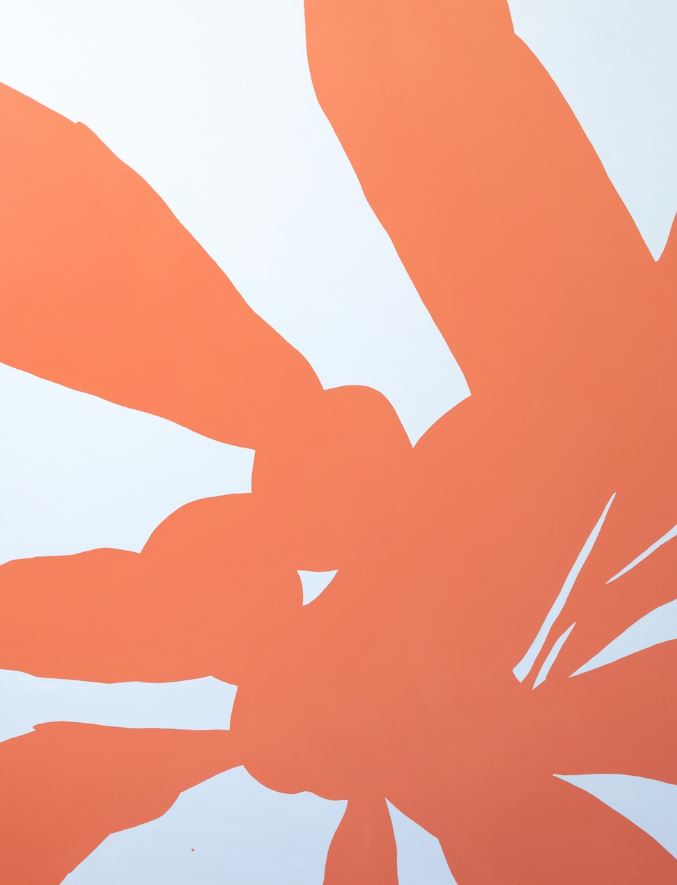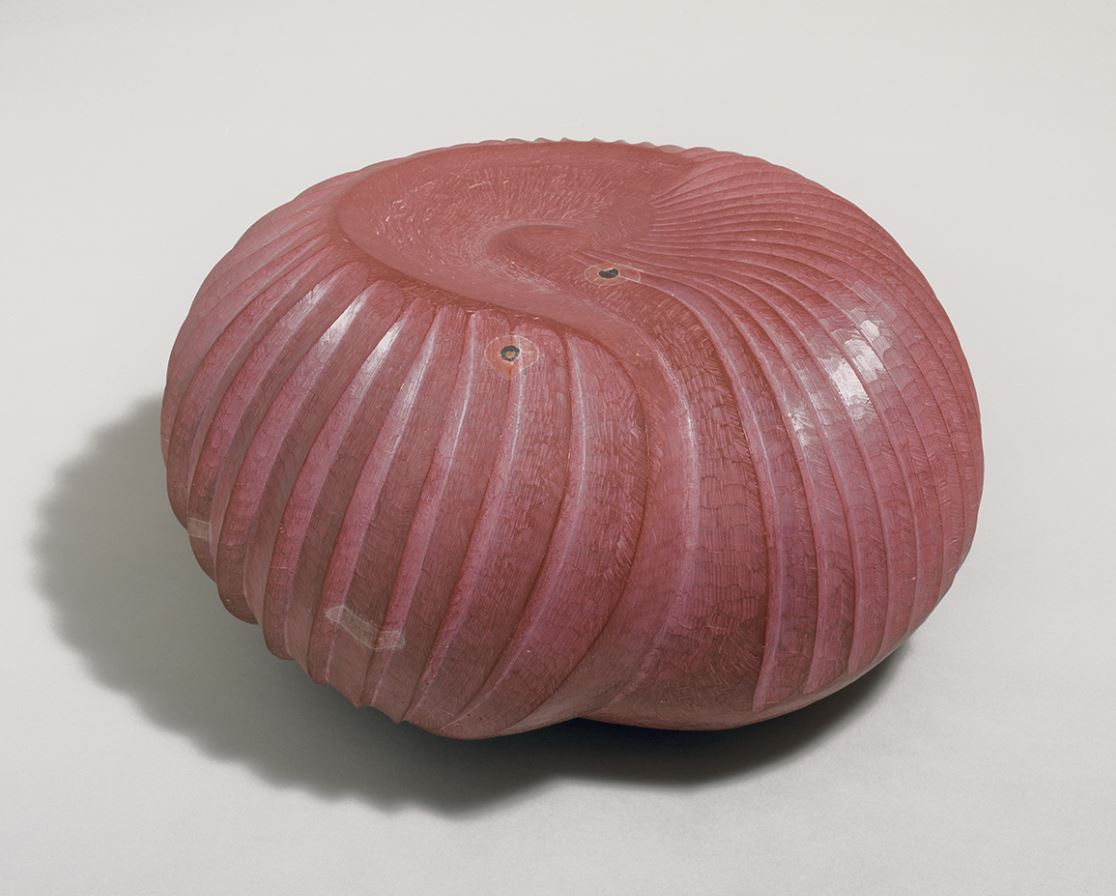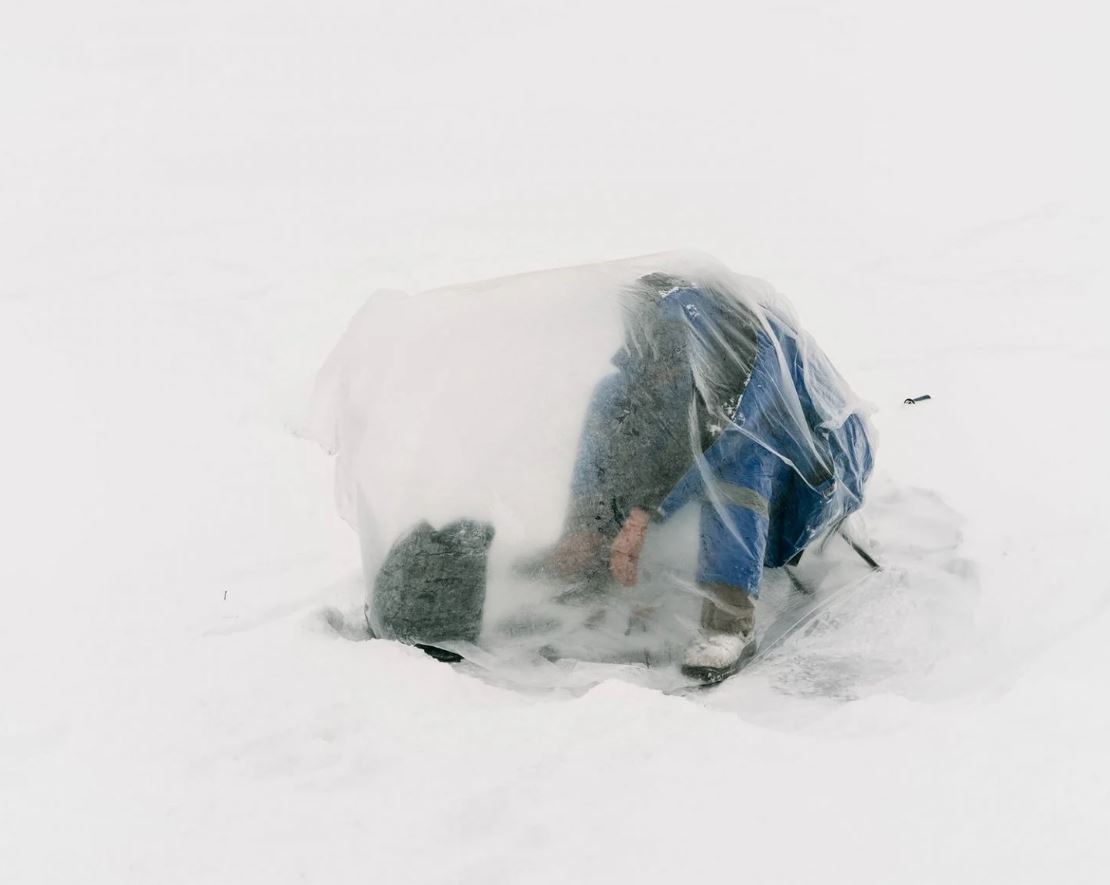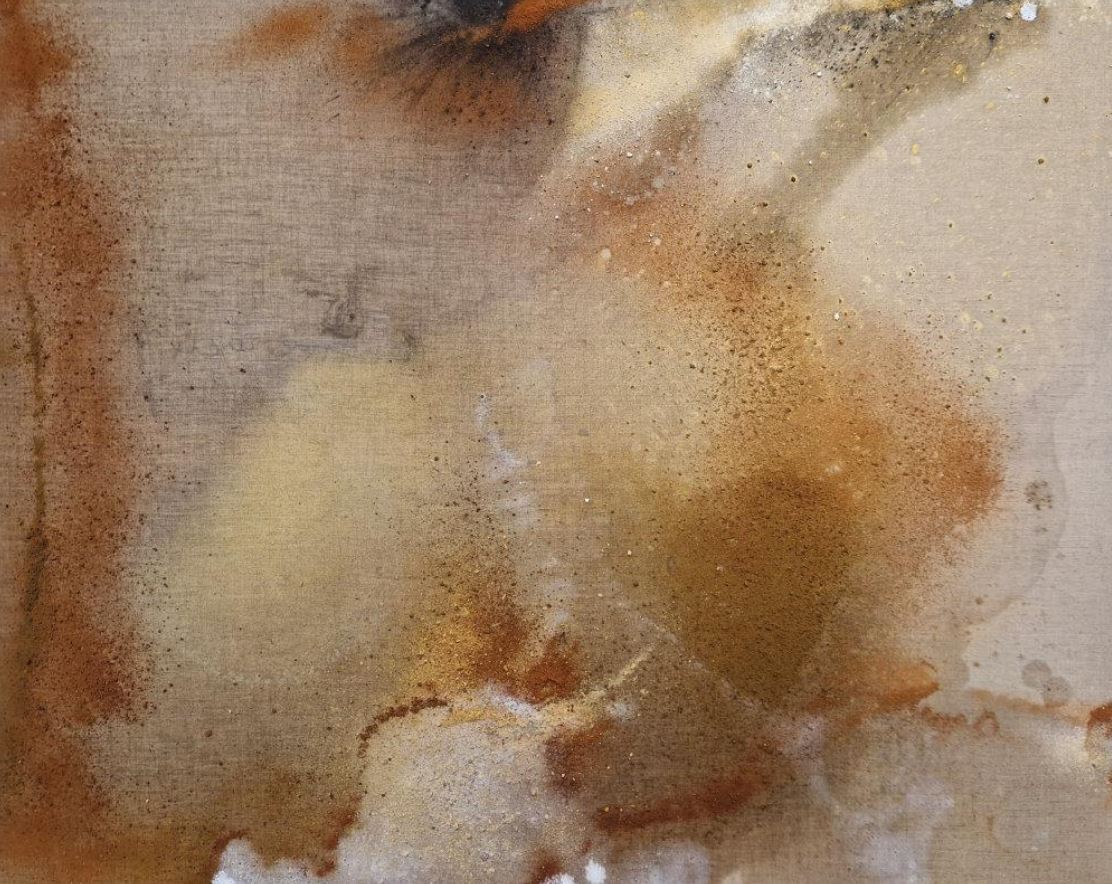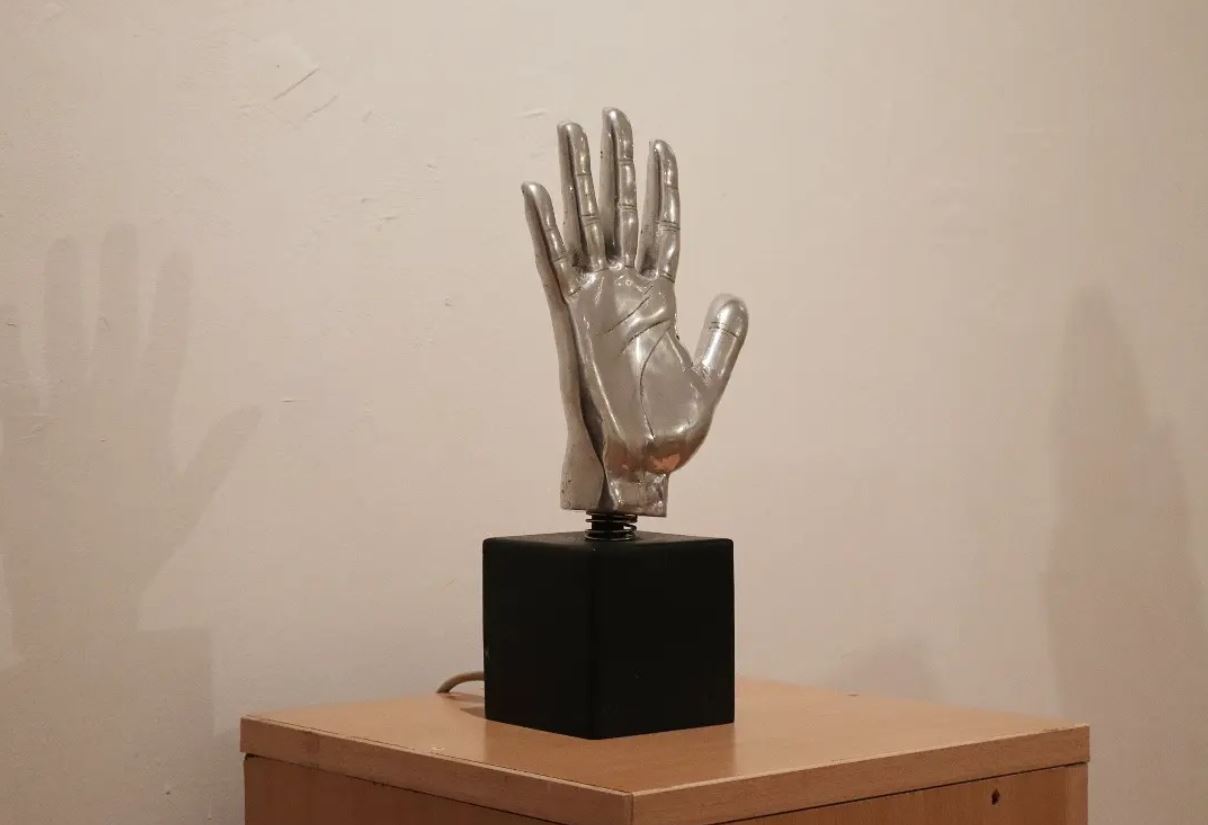Exhibitions
'We the trees', at the Esther Montoriol gallery
A symbiosis between art, science and nature that rethinks our connection with the natural world with a poetic look at coexistence.
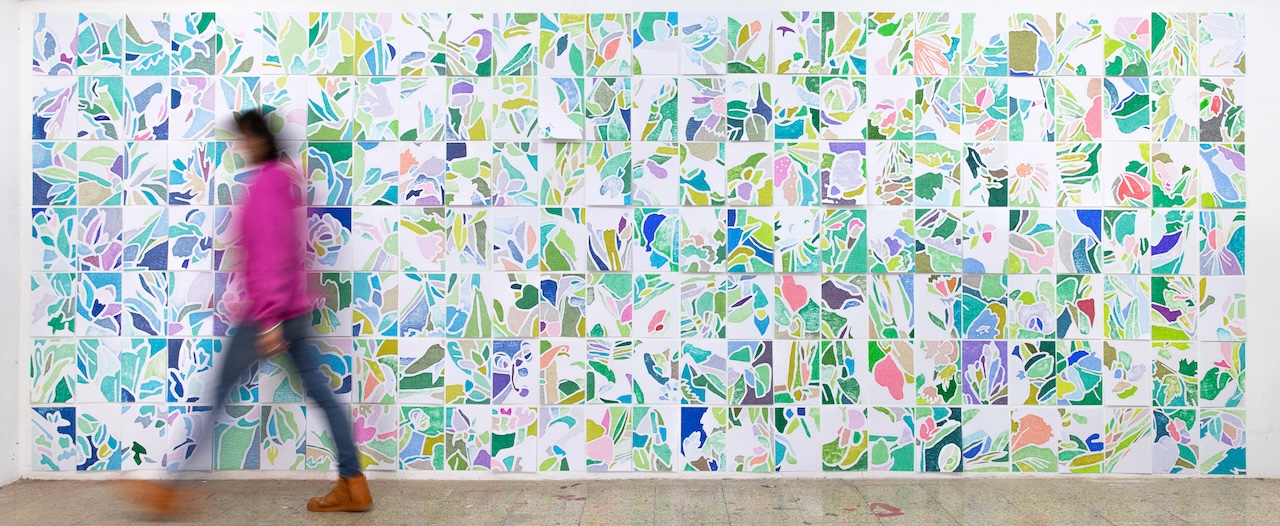
In a silent dialogue with nature, the exhibition 'We the trees' encourages us to rethink our relationship with the plant world. Until October 30 at the Esther Montoriol Gallery in Barcelona, the exhibition leads us towards a new understanding of nature, a shared space where we not only live, but integrate into a collective existence. Beyond taking advantage of its resources, the proposal invites us to recognize ourselves as an active part of a complex and resilient ecosystem, where time expands and the self is transformed into a we.
The exhibited works, by the artist Gemma París, explore the dialogue between nature and human beings, highlighting the role of horizontal relationships in the plant world, which are freed from hierarchies. Paris conceives drawing as a means of reflection, where artistic creation becomes a space to reconsider the connections between species and rethink time away from capitalist logic. His pieces visualize this speculative thought, with a poetic look towards lichens, trees and flowers, making visible their ability to coexist in harmony.
Gemma París' artistic journey delves into scientific and philosophical research, establishing bridges between biology and art. Inspired by theorists and thinkers such as Haraway or Coccia, her work seeks new ways of inhabiting and understanding the world, integrating sensibility and aesthetics in a continuous dialogue with the environment. In this line, he follows in the footsteps of artists such as Tomás Saraceno, Olafur Eliasson, Roni Horn and Tacita Dean, who also explore the intersection between art and scientific research. This interdisciplinary collaboration, reinforced by her research with other artists and scientists, turns her work into an open space of collective thought, where trial and error are part of the creative process.
'We the trees' does not invite us to observe nature and feel it as an extension of ourselves.
